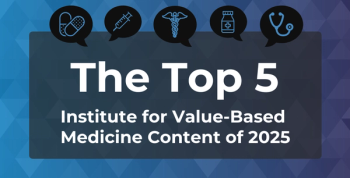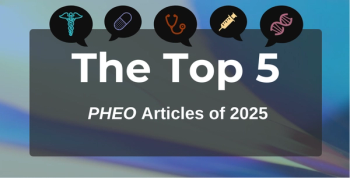
AADE to Work on Diabetes Prevention With Truck Drivers, Other At-Risk Groups
Truck drivers were identified in a Gallup survey as the profession most at risk for type 2 diabetes.
CDC has selected the American Association of Diabetes Education (AADE) to work with truck drivers and ethnic groups that have limited access to the National Diabetes Prevention Program (DPP). AADE will create new sites to offer the evidence-based lifestyle change program, working with partners that include the advocacy group UnidosUS and the digital behavioral health provider Omada Health, as well as the Healthy Trucking Association of America.
Truck drivers were identified as the
The DPP is a yearlong program with a CDC-approved curriculum; it features 16 weekly core sessions, followed by a maintenance period of monthly sessions. Evidence shows the program stops prediabetes from progressing as participants make modest changes and lose 5% to 7% of body weight. In clinical trials, people with prediabetes who took part in the DPP compared with a group taking metformin were 58% less likely to progress to T2D.
This is the second time CDC has looked to AADE to scale the National DPP. Over the past 5 years,
AADE will try to bridge gaps in areas of the South and Southwest with high rates of diabetes that lack National DPP programs. Targeted states include Alabama, Arkansas, Arizona, Georgia, Louisiana, Mississippi, New Mexico, and Texas, as well as parts of California with underserved Hispanic communities.
A proposed rule calls for Medicare to start paying for the DPP in April 2018, but CMS does not plan to include virtual providers the first year. Virtual providers have protested that CMS has plenty of evidence that these programs work just as well in reducing the risk of progression to T2D as traditional in-person programs. In its proposed rule CMS called for more testing before reimbursement would occur.
Spokesmen for both AADE and Omada Health said this was a separate project and not designed to generate data for that purpose.
“We identified a priority population, men, and designed a project that would meet their needs. Over the road truck drivers do not have consistent access to face-to-face programs,” said Matthew Eaton of AADE. “By working with Omada, we will be able to provide this population with access to a quality National Diabetes Prevention Program."
Bringing services to people with diabetes or at risk of developing the disease can be a challenge in remote areas. CDC published
Virtual providers have noted a similar pattern exists in prevention programs that have CDC recognition; they argue that a combination of virtual and in-person programs is needed to reach underserved communities as well as people in jobs who can’t show up at the same place every week.
“Innovations in technology are creating opportunities that increase access for the people with and at risk for diabetes,” AADE President Nancy D’Hondt, RPh, CDE, FAADE, said in a statement. “Virtual options are both timely and convenient for those who need it the most.”
Newsletter
Stay ahead of policy, cost, and value—subscribe to AJMC for expert insights at the intersection of clinical care and health economics.







































